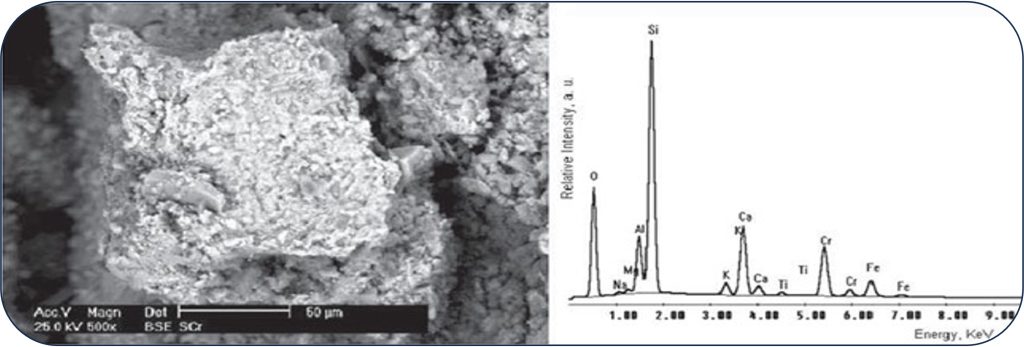
Identifying impurities and unknown contamination in colloidal systems is crucial for ensuring the quality, safety, and performance of products across various industries, including pharmaceuticals, cosmetics, food and beverages, and materials science. The identification process often involves a combination of analytical techniques and methodologies tailored to the specific properties of the colloidal system and the nature of the suspected contaminants.
The impact of contamination varies depending on the industry, the nature of the colloidal system, and the type of contaminants.
Pharmaceuticals: Efficacy Reduction, Safety Risks, Stability Issues and Regulatory Non-compliance.
Cosmetics: Skin Irritation and Allergies, Product Spoilage, Efficacy Loss.
Food and Beverages: Health Hazards, Quality Degradation, Economic Losses.
Materials Science: Performance Failure, Process Interference, Reliability and Safety Concerns.
Spectroscopy and microscopy techniques are powerful tools for identifying impurities and unknown contaminants in numerous materials. Our company applies the commonly used spectroscopic and microscopic analytical methods for this purpose in various industries:
Spectroscopy Techniques:
- UV-Vis Spectroscopy: Useful for detecting and quantifying substances that absorb ultraviolet or visible light, providing information about the concentration and chemical nature of contaminants.
- Infrared (IR) Spectroscopy: Helps identify organic compounds or functional groups present in the contamination by analyzing the absorption of infrared light.
- Nuclear Magnetic Resonance (NMR) Spectroscopy: Offers detailed information about the molecular structure of contaminants.
Dynamic Light Scattering (DLS):
- Useful for measuring the size distribution of particles in a colloidal system, which can indicate the presence of aggregates or foreign particles.
Zeta Potential Measurements:
- Assessing the zeta potential of colloidal particles can provide insight into surface charge changes due to contamination, affecting stability and aggregation behavior.
Microscopy Techniques:
- Transmission Electron Microscopy (TEM) and Scanning Electron Microscopy (SEM): Provide high-resolution images to observe the size, shape, and distribution of particles or contaminants at the nanoscale.
- Energy-dispersive X-ray spectroscopy (EDS) can be coupled with SEM for elemental analysis of contaminants
- Atomic Force Microscopy (AFM): Offers 3D surface profiles to analyze particle size, shape, and surface properties.

The choice of analytical technique(s) depends on several factors, including the nature of the colloidal system, the type of impurities or contaminants suspected, the required sensitivity and specificity, and the available equipment. Often, a combination of techniques is employed to achieve comprehensive identification and characterization of contaminants.
Please feel free to contact us
Please feel free to contact us for further information on samples, analyses and applicable rates.

Spelling error report
The following text will be sent to our editors: